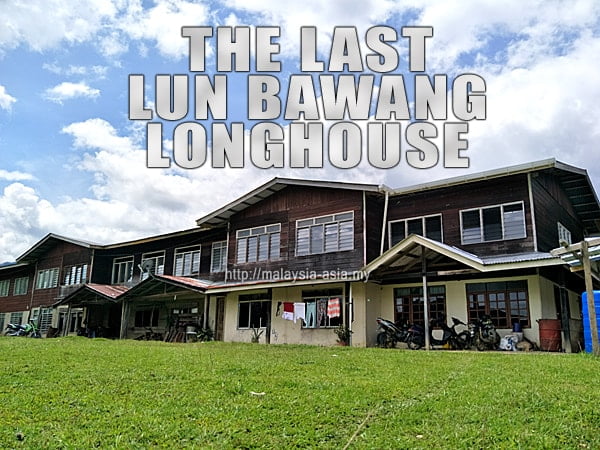The Last Lun Bawang Longhouse In Bakelalan
Though these people are a minority in the many ethnic tribes of Sarawak, the Lun Bawang people are also one of the smallest of the Orang Ulu group here.
They can be found in the Lawas district of Northern Sarawak which borders Brunei and Sabah, where Bakelalan is one of the original and traditional place to see them.
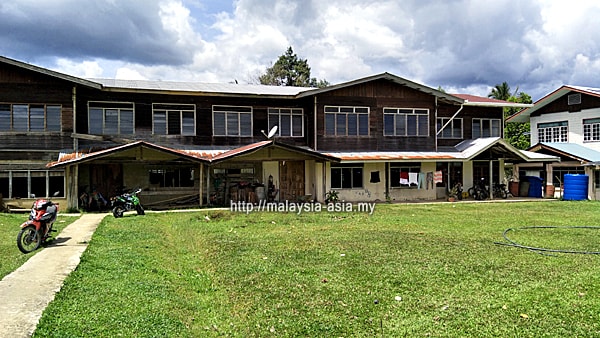 |
| Frontal view of the last longhouse in Bakelalan |
Last Lun Bawang Longhouse in Bakelalan
Just so you know, there are no hotels in Bakelalan, and only warm homestays that make this one of the best experiential tourism places.
History also states that the origins of the Lun Bawangs come from central Borneo, and congregated in the Maligan Highland area where they made it their home.
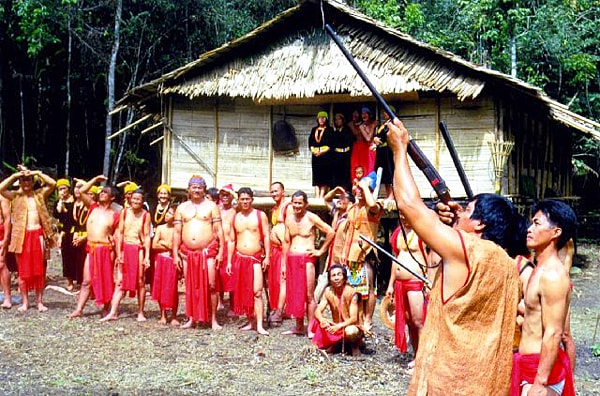 |
| A photo of a traditional Lun Bawang Longhouse in Long Semado, taken many years ago. |
The last Lun Bawang longhouse in Bakelalan is pretty much a modern wood and brick design, with a total of six doors or ‘rumah panjang enam pintu‘. This means, six families stay at this double storey building.
 |
| The two photos above were taken in Long Semado or Long Tanid, many years ago |
I was informed that in the old days, these longhouses could have up to 20 to 30 doors, and over 100 people from various families staying in one single longhouse.
The last few original longhouse were seen back in the 70’s and 80’s, and over the years, they started to break up and become individual homes.
Some of them caught fire due to the materials, but most of them started to modernize and be standalone units.
Right now, this one longhouse in Buduk Nur still remains, and from outside, you would not even notice that it is a longhouse.
Only when you get closer and get inside, you will see the that this is indeed the last Lun Bawang longhouse left here in Bakelalan, and possibly the entire Lawas and Maligan Highland area.
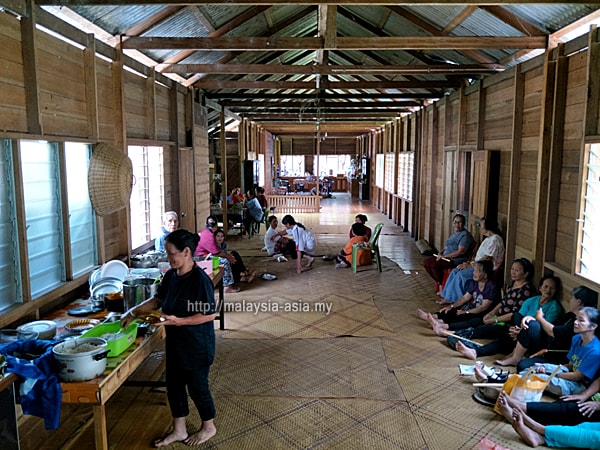 |
| Inside the back portion of the Lun Bawang longhouse in Bakelalan |
The current Bakelalan longhouse entrance serves as the main receiving hall, family and visitor area for guests, friends and family members.
From the front portion, you will walk through the washroom and toilet area, and into the kitchen and common area where families gather, cook and eat.
This is one huge and long open area, where there is no divider, hence families are free to walk about in this section of the longhouse.
In the kitchen area at the back, it is one long area open to all families. But each family has their own kitchen section and traditional wood stove where they still use for cooking and boiling water.
Why did the Lun Bawang people live in longhouses? Well, from research papers, their main reason was for defense against other attacking tribes.
However, since the turn of the 20th century, is no longer happening, and most of the thatched longhouses have been replaced by wood, zinc and bricks.
Lun Bawang Longhouse Photos
Below are random photos taken inside the last Lun Bawang longhouse in Bakelalan. I specifically asked Cikgu Sang to show me around, except the personal bedrooms.
Just to add that when I visited the longhouse, the entire village was there for their rare bamboo musical instrument tuning session, and you can see it in one of the photos below.
Good friend and traveling buddy Kevin Nila also documented the Lun Bawang bamboo band[1] in one of his articles, which stresses on the ‘Bas’ of bamboo horn.
 |
| Exterior of the longhouse |
 |
| A common sight at the longhouse main entrance |
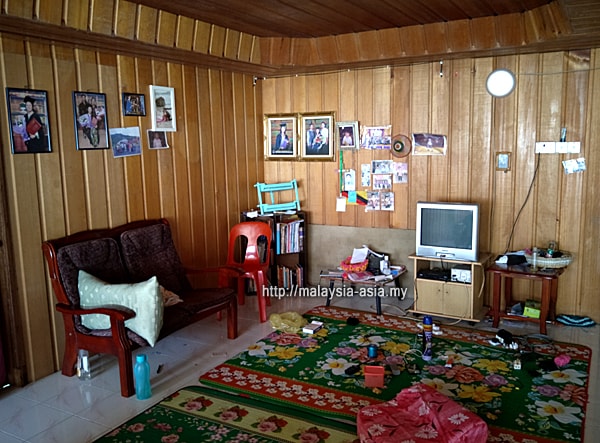 |
| The family common area in the longhouse |
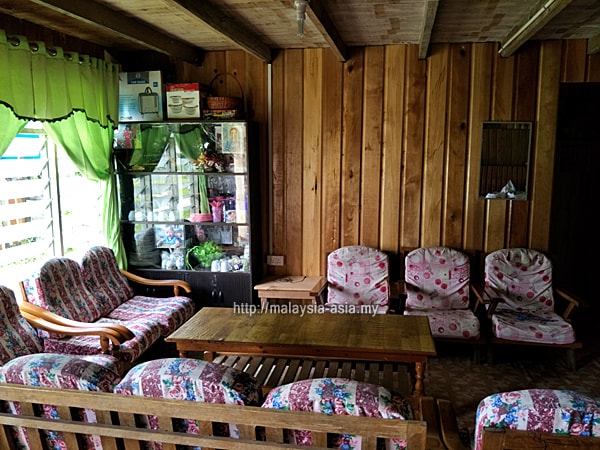 |
| Family and visitors area in the main longhouse |
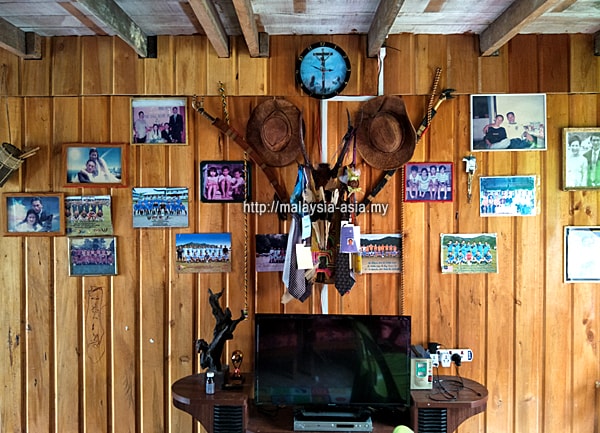 |
| A typical wall decoration for each of the family units in the common area |
 |
| Photos, a Lun Bawang ceremonial sword and a weaved basket |
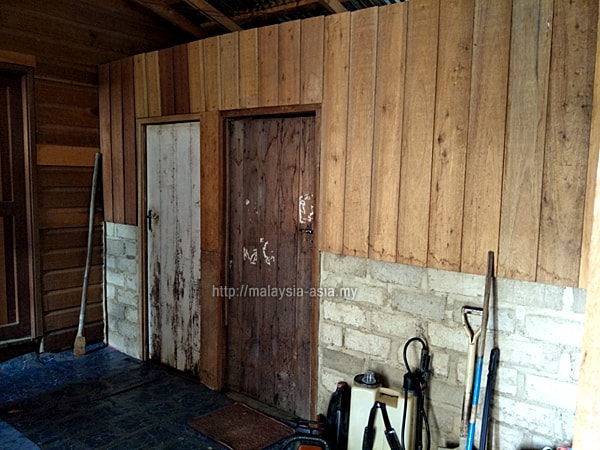 |
| The toilet and bathroom, connecting the main longhouse to the kitchen area |
 |
| One of the longhouse kitchens from one unit, at the back |
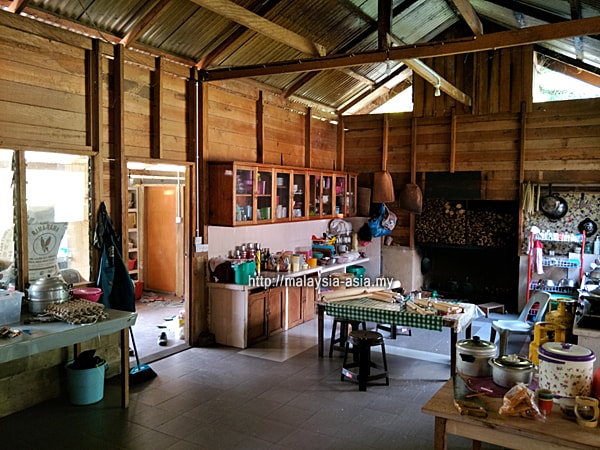 |
| Another Lun Bawang longhouse kitchen set up |
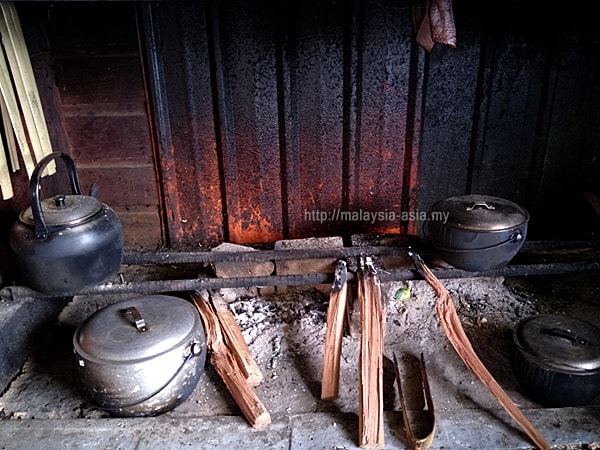 |
| The common wood fire stove of the longhouse, each unit has their own |
 |
| View of the Lun Bawang Longhouse from one end of the back portion |
 |
| A lounge area on the first floor of the longhouse where other rooms are found |
 |
| Lun Bawang men gather to make and fine tune their bamboo instruments in the longhouse |
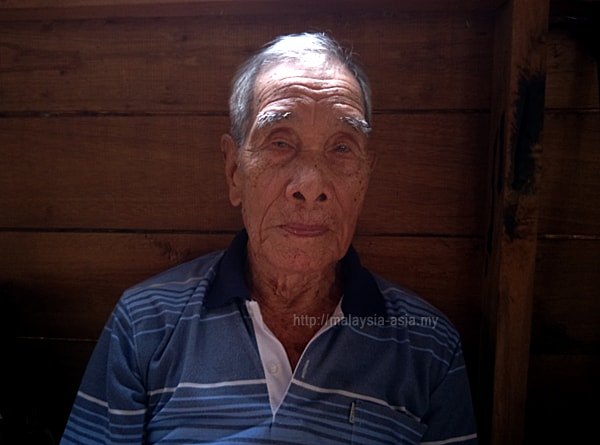 |
| The oldest Lun Bawang man in Bakelalan, aged around 90 years old |
 |
| Outside the end of the longhouse |
Where Is Bakelalan?
The altitude of Bakelalan is estimated to be around 950 meters above sea level, which makes this village a very cooling place.
The immediate neighbor is no other than Long Bawan, a 20 minute drive across the Kalimantan-Malaysia border.
The next closest village to Bakelalan in the Sarawak side is Bario, which is another highland village that is home to the Kelabit people.
You can also read about my interesting travel to the Bario Highlands[2], as I have visited the other village numerous times.
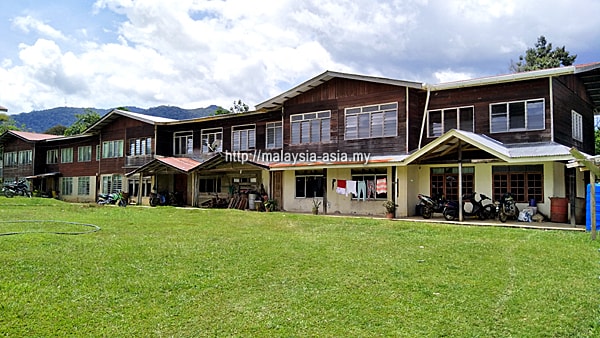 |
| What the Lun Bawang longhouse looks like from the field |
How To Go To Bakelalan?
Check in luggage is 15 kgs, and each additional kilogram is charged at RM2.00 per kilo, which is purely subsidized for the local Lun Bawang people traveling.
The Bakelalan Airport[3] is also one of the most unique Short Take Off and Landing (STOL) airports I have visited, and can be a culture shock for regular travelers.
 |
| A map of the Maligan Highlands and where Bakelalan is located |
Who Should Visit Bakelalan?
There isn’t even an ATM machine or banks available in the highlands, hence cash is king here. Unless you have something of interesting to barter trade?
Life remains simple and yet beautiful, with a lot of outdoor activities to participate in. Hence, this place is a bird watchers paradise or for anyone who loves trekking, culture and nature.
And if you are considering to visit this stunning place, I have also written about the things to do in Bakelalan[4] as a rough guide.
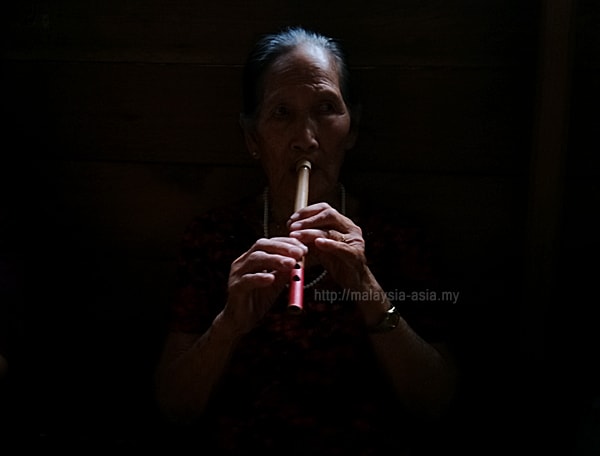 |
| An elderly Lun Bawang lady plays a handmade bamboo flute in the longhouse |
Conclusion
References
- ^ Lun Bawang bamboo band (dayakwanderer.com)
- ^ travel to the Bario Highlands (blog.malaysia-asia.my)
- ^ Bakelalan Airport (blog.malaysia-asia.my)
- ^ things to do in Bakelalan (blog.malaysia-asia.my)
- ^ visiting Bakelalan (blog.malaysia-asia.my)

